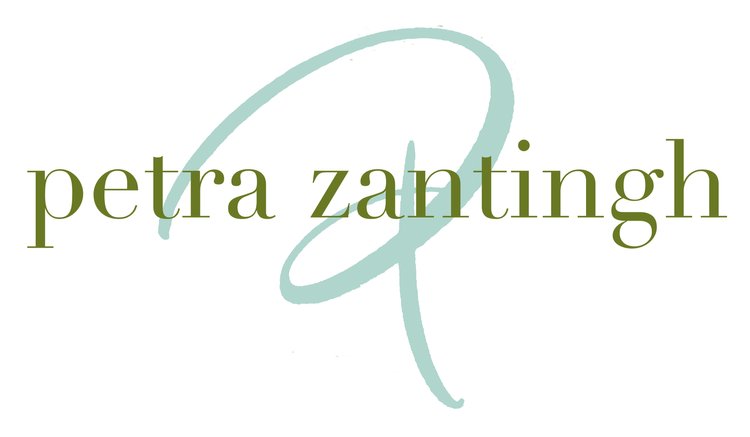Petra Zantingh
About
Using art-making as a way of interpreting what she sees, Petra Zantingh draws others into a visual conversation with her paintings. From childhood, she knew that the visual arts, whether it be painting, illustration or design would play an important role.
Petra has a diploma in graphic design and fashion illustration from Fanshawe College, a BFA in Fine Art and an MA in Art Education from Concordia University in Montreal. Her career (1980-2002) as a graphic designer and art director was in print publications and newspaper design with a special interest in typography. Since 2002, she has taught courses in drawing, painting, and design as an adjunct professor in art and education at Redeemer University, Riverwood Centre, and as a volunteer art teacher at InDwell.
She has been exhibiting her paintings since 2004 and her current interests center around environmental awareness, contemporary painting, art and spirtuality and in particular trees.
Artist Statement
My paintings set out to capture the spirit and souls of trees. Trees are magnificent living beings. They are engineering miracles, structured to withstand wind and weather. Some trees have lived for thousands of years, bearing witness to people and places. Trees are rich in symbolism and meaning and can teach us about the cyclical nature of the seasons challenging ideas about time and life being linear. Like the lungs and sponges of the earth, they keep us and the environment safe. Trees take care of one another with a sense of protection and guidance as their roots connect in a vast underground network. I am continuously drawn to their longevity, stoicism, resilience, and community spirit.
Trees are rich in meaning and symbolism. Trees teach about the cyclical nature of the seasons counter to our idea of life being linear
Despite their majesty, we are not taking care of trees the way we should. Rather than sustaining forests, we are still cutting them down. Rather than planting forests for longevity, we have tree plantations. Without old-growth forests filled with diverse species, the soil is affected and ecosystems are upset. Trees, our giant silent partners, are at a crucial intersection between consumed and restored.
Looking more closely at roots and the connections between the places and spaces where the visual parts of a tree emerge, I wonder about intersections. How does what is in plain sight reveal what is underneath? Earth, soil, humus, water, rocks, grass, and concrete conceal distinctive root structures. In their natural ecosystems, the roots that feed the trees grow from rich, healthy, lush hummus surrounded by multicoloured indigenous plants. However, other trees grow from contrived, manicured human-made perfection or abandoned, lonely, neglected, hard, immovable concrete.
Reflecting our humanity in the beauty of their limbs, trunks, and crowns, these paintings depict our symbiotic relationship. We share similarities with trees but do we share a mutually beneficial environment? Words like solidarity and community come to mind when I think of trees in forests. Perhaps trees can teach how to be inclusive and empathetic.
Working in mixed media, I combine graphite, water-based pigments, and inks to prepare wood panels and seal them with UV varnish, wax, or acrylic mediums. This approach to painting is unpredictable and allows for a unique flow and rhythm of colour and texture that bring the subject matter and themes together. As the water evaporates the pigment is left on the surface and creates mysterious designs and marks and I layer those to further craft the painting.
Education
Master of Arts (MA in Art Education) Concordia University, 2015
BFA , Concordia University, 1999
Awards
The Canadian Association for the Study of Women and Education, 2014
Concordia University Conference and Exposition Award, 2014
Contact


